Welcome to part two of “The Kontz Family Home.”
Visit this link to read part one and view the images.
The Kontz family was in Atlanta in July 1864 as Sherman’s men approached the city. They remained in their home on Marietta Street through the Battle of Atlanta amidst the constant shelling that began on July 20 and continued through August 25th. I’m uncertain as to the number of cannons that were used beginning on July 20th, but by August 10th four more cannons had been added to the Union’s arsenal. Those four additional cannons alone fired 4,500 rounds in Atlanta during the remaining horrible days of shelling.
In his book Atlanta and Its Builders: A Comprehensive History of the Gate City of the South (1902) Thomas H. Martin mentions Elizabeth Kontz was one of many women in the city during those terrible days of July and August 1864 who devoted their time to ministering to the sick and wounded who were sent to the hospitals in Atlanta. More than likely her nursing duties took place in the basement area of the First Presbyterian Church that was next door to the Kontz home.
This picture of the church was taken shortly after the war in 1871. The white picket fence is like the fence that can be seen in a few of the images of the Kontz home.

Sadly, there are no known official records regarding the number of people injured or killed by the constant shelling, but we do know that young Anton Kontz who was around fourteen years old at the time was severely injured on Marietta Street near his home when a shell exploded in front of him and his beloved dog as they were riding in a cart. Anton had been looking for lead left over from exploded shells that he could hand over to the Confederate cause. He later recalled he heard the whine of a shell through the air, there was a roaring blast, and then he was covered with flying dirt and smoke. The shell had burst immediately in front of him. Anton’s dog was killed, and he was wounded in the chest. After Parisian born Dr. Pierre Paul “Noel” D’Alvigny (1800-1877) bound Anton’s wound, the young man carried on determined to bury his beloved pet.
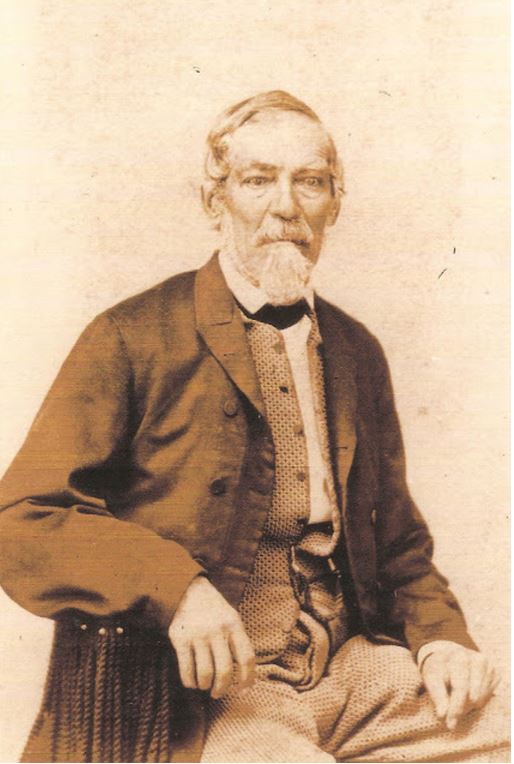
During the shelling, Holmes Sells, a dentist and one of the members of the Unionist circle according to Dyer, moved into the Kontz home with his family due to the destruction of their own residence. Mrs. Sells escaped shells three different times while there – one being when a shell landed in her bed minutes after she had left it.
Around 11 a.m. on September 2, 1864, Mayor James M. Calhoun rode out Marietta Street with a committee of citizens under a flag of truce. They met up with Colonel John Colburn near the intersection of Marietta Street and present-day Northside Drive and surrendered the city to him. Not long after seven brigades of Union soldiers moved into the city, and later, General Sherman ordered all civilians to leave since the city would be held for “warlike purposes.” Between September 10th and September 20th, a little over 1,600 individuals registered their families for evacuation some heading south while other families such as the Kontz family headed north.
In his book Dyer states Christian Kontz and his family ended up in Washington, D.C. and indicates Christian established a boot making shop there for a short time. We know the Kontz family was in Washington, D.C. by September 11, 1864 as his son, Ernest Charles Kontz (1864-1945) was born there.
In his History of Georgia, Volume IV (1926) Clark Howell indicates that Elizabeth Kontz’s mother, Mary Magdalena (Felker) Trabert (1799-1887) refused to evacuate the city with the rest of the family and stayed through the occupation. Howell shares that when Yankee soldiers “came to call” and mentioned burning the Kontz home she stood her ground and told them she was not afraid because she had survived Napoleon’s wars and she would overcome whatever happened. Atlanta Civil War diarist, Sarah Huff in her My Eighty Years in Atlanta (1937) expands this story a bit saying that there were some Yankees in the group that were of German descent and Mrs. Trabert’s words caused them to rethink their plans for the home.
Atlanta would remain an occupied city from September 3rd through November 16, 1864. I have no idea when the Kontz family made their return to the city, but most citizens began returning as soon as General Sherman’s men left the city. It could have been at any point between mid-November to early May 1865. While he was away from Atlanta or very soon after the family’s return Christian Kontz leased his Marietta Street home to Edward Parson evidenced in The Daily Intelligencer. According to Dyer, several families who had evacuated north and wanted to return to Atlanta requested financial assistance for travel from the Freedmen’s Bureau, and it was granted. While we often think the purpose of the Bureau was to assist newly freed slaves (and it was), the law which created the organization (passed March 1865) also gave provision to assist displaced Southerners such as the Kontz family.
So, with their home leased, where did the Kontz family go?
More than likely they ended up at Christian’s farm which he bought upon his return to the city. It was approximately twenty acres near the intersection of Fourteenth and State Streets, an area that was the outskirts of Atlanta at that time. The property was south of today’s Atlantic Station, along Fourteenth Street, NW and adjacent streets including Atlantic Drive, NW which was formerly Kontz Avenue.
At some point the Kontz home on Marietta Street became the Atlanta headquarters for the Third Military District which had control of Georgia, Alabama, and Florida between 1865 and 1877 during Reconstruction. Three different generals overseeing the Third Military District’s peacetime operations would live there including General John Pope, General George Meade, and General Alfred H. Terry. In various publications I’ve seen the Kontz home referred to as the Federal Headquarters of the South.
During those years of Reconstruction, a United States flag flew at the Kontz home as it was being used by the generals. It was fastened to a wooden pole fashioned from a pine tree that had grown on the land owned by Judge Clark Howell (1811-1882) on the banks of Peachtree Creek at the point where the command of General Benjamin Harrison (later U.S. President) crossed the creek during the Battle of Peachtree Creek. The Kontz family had kept the flagstaff and in 1899 a section of it became part of a wooden gavel for the Republican National Convention that would be held in Philadelphia in June 1900. The gavel was constructed of several pieces of wood – one from each state that had historic value of some sort.
I found this to be intriguing enough to try and do a little research on the gavel. I have sent an email to this Republican National Committee’s historian to see if they have any information.
Once Reconstruction was over the Kontz family moved back to their Marietta Street home. Christian indicated on the 1870 census he was a retired merchant and spent much of his time raising crops and flowers at his farm. I found mentions that he was just as successful as a farmer as he was a shoe manufacturer and merchant.
The late 1870s through the early 1880s were sad times for the Krontz family. Mrs. Kontz died in 1878, second son, Wellborn Bray Kontz, died in 1879, and family patriarch, Christian died in 1882. A year later the family lost daughter Emelie who had married William Bollmann, another pioneer citizen from Germany who arrived in Atlanta in 1866 eventually owning a very successful jewelry business.
Christian Kontz never occupied nor sought public office, but his two surviving sons made names for themselves and were active supporters of the city of Atlanta.
Anton Krontz worked for the Pullman Car Company, the railroad car manufacturer, as an agent, served on the city council, and at one point was the clerk of commissioners. He was also the treasurer for the Cotton States Exposition held at Piedmont Park in 1895.
“Ernest” Charles Kontz graduated from the University of Georgia in 1884 studying law there as well as at the University of Virginia. He had a successful practice in Atlanta including serving as counsel for the Georgia and South Carolina divisions of the Pullman Car Company. In 1890, he was elected as Auditor and Recorder for the city of Atlanta trying nearly 12,000 cases that were never reversed by a higher court. From that point Ernest carried the title of “Judge” no matter what he was doing including serving as counsel for the city between 1901 and 1902 and in 1910 served on the board of education per his biographical entry in Men of Mark in Georgia (volume 7/1912) by William J. Northen.
Judge Kontz had a very distinguished professional career, however, if it had not worked out, he was quite the expert at making shoes as he had apprenticed with his father in the footwear trade. At the age of seven Judge Kontz was awarded a medal by the Georgia State Fair Association for excellent workmanship for a pair of shoes he had made and exhibited.
Both Kontz brothers had known and had close friendships with many men of note who lived in Atlanta. One relationship I found interesting was that of Judge Kontz with Alexander H. Stephens (1812-1883), U.S. Representative from Georgia before and after the Civil War, vice president of the Confederacy, and Georgia governor from 1882 until his death in 1883. In fact, Judge Kontz traveled to Washington, D.C. on December 8, 1927 to give a speech at the unveiling of Stephen’s statue in Statuary Hall at the U.S. Capitol.
Until Anton’s death in 1907 he and Judge Kontz owned the Marietta Street home as well the farm their father had loved. They lived together for a time before Judge Kontz married in 1898 often taking in boarders including early Atlanta restauranteur, Henry R. Durand, and Associate Justice Samuel Hall during the time he served with the Supreme Court of Georgia between 1882 and 1887.
At some point in the late 1890s, I believe, the brothers elected to demolish the Kontz home. In its place they erected the Kontz Building which consisted of four stories and basement with a one-story structure in the rear. The building had several loft-type offices and a large hall on the fourth floor that was used for various meetings and events through the 1890s and into the next century. The building is mentioned in the newspapers as early as 1899 when the Railway Mail Service moved into the Kontz Building. Judge Kontz moved his law office to the Kontz Building in 1912. Another business, Hotel Equipment Company, was in the Kontz Building from 1915 to 1918 before moving to Walton Street in 1919.
In 1918, the Kontz Building welcomed a new neighbor on the old Presbyterian Church site when the Federal Reserve Bank built there. The Federal Reserve had first located their Atlanta branch in the city in 1914 and operated out of the Hurt Building until the building I have pictured below, designed by architect A. Ten Eyck Brown, was ready for occupancy.
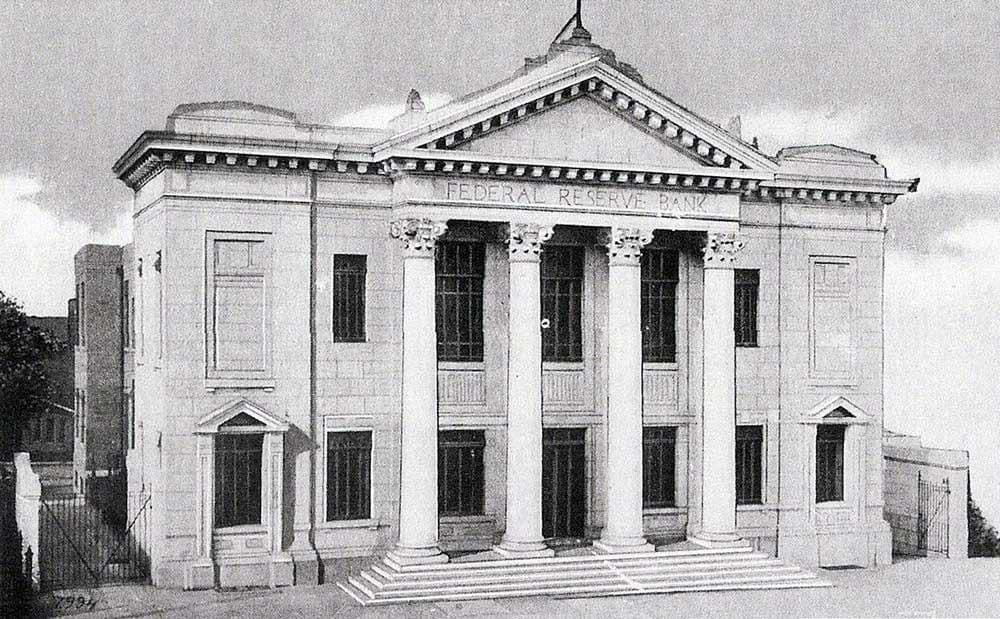
Unfortunately, the bank battled with the need for more room from the very beginning and renovations would be done in 1920 and again in 1922 eventually morphing into the version you see below from a vintage postcard. You can see the Kontz Building to the right of the Federal Reserve Building.

In June 1920 Judge Kontz sold his building to The Atlanta Georgian newspaper. After a bit of remodeling the building became known as the Georgian-American Building. The newspaper dated back to 1906 in Atlanta , and in its heyday was controlled by the Hearst Corporation and William Randolph Hearst. The newspaper used the Kontz carriage house and the structure that served as the servant’s quarters at the rear of the property as a pressroom and to house some if its newsboys. The Atlanta Journal would acquire the property in 1939 when James M. Cox purchased both The Atlanta Georgian and the Journal. Cox chose to keep the Journal operating while he closed the Georgian down.
Lorenz Neuhoff, Sr., president of White Provision Company in the late 1920s, owned the former Atlanta Georgian building by 1942, and in August 1943, it was announced the Civil Aeronautics Administration leased the building for a twenty-year period. I’m not sure if the CAA ever moved in, but I am certain the lease was not carried out in full because in 1951, the Federal Reserve which had been next door to the former Kontz mansion/building property since 1913 and was still in search for more room, purchased the Atlanta Georgian building. At that time the Federal Reserve and the Atlanta Georgian building were separated by a narrow alley.
By 1964, the Federal Reserve Bank had moved on to its present location on Peachtree Street, N.E. and the State Bar of Georgia took over the old “Fed”/Kontz properties on Marietta Street and remains there today at 104 Marietta Street, N.W.
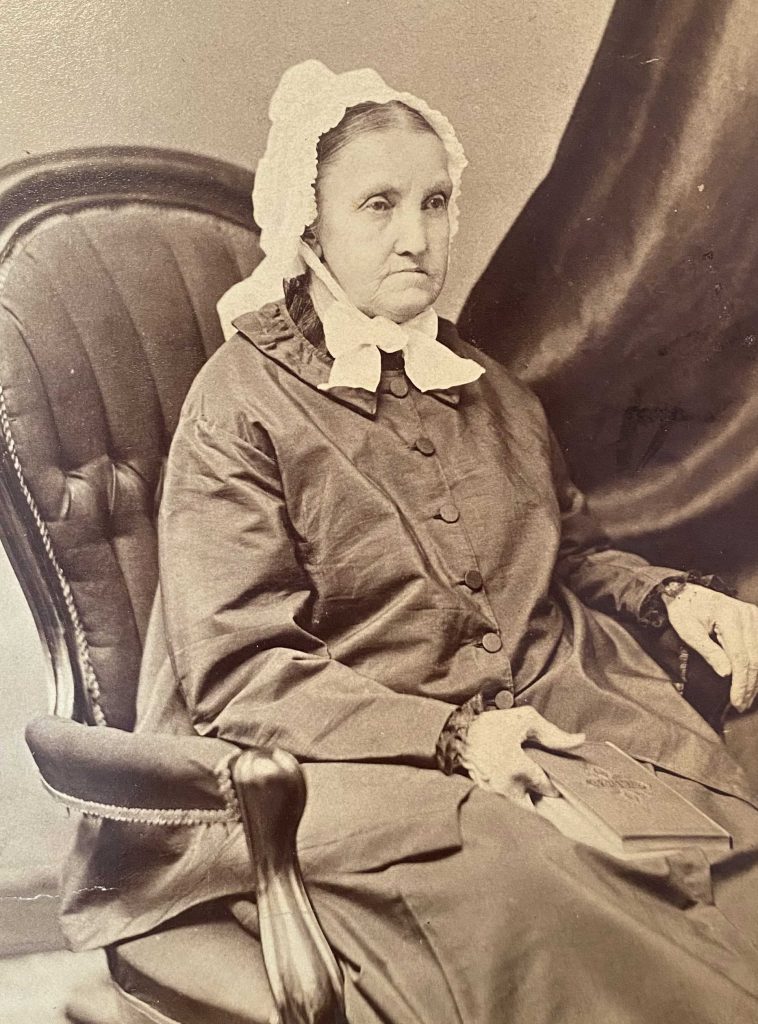
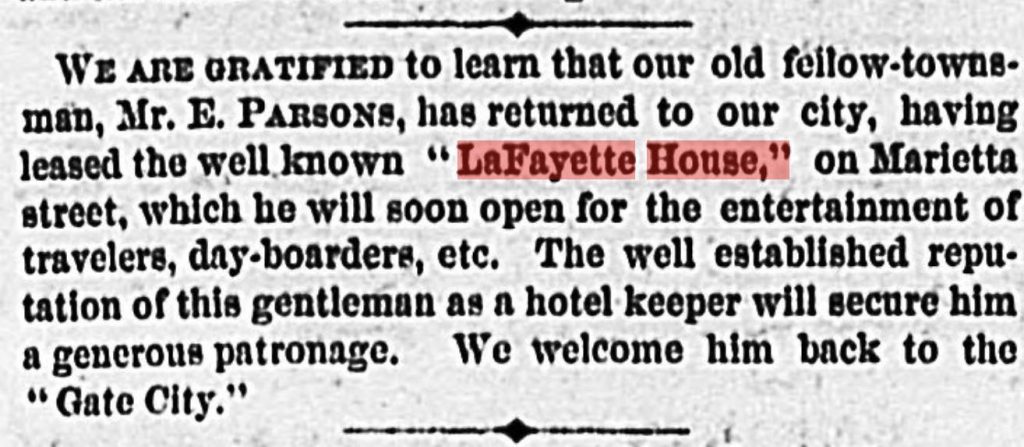
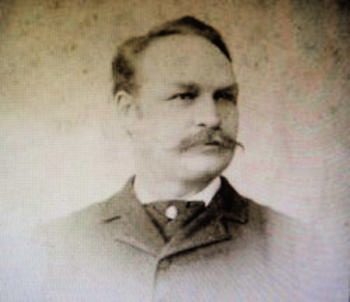
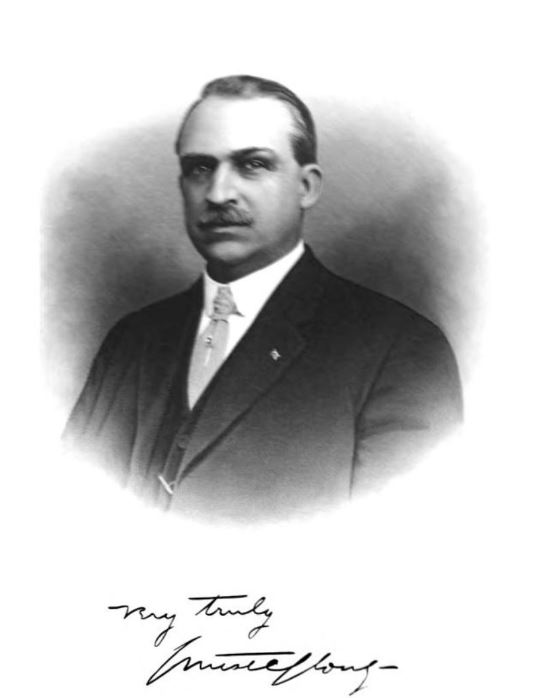
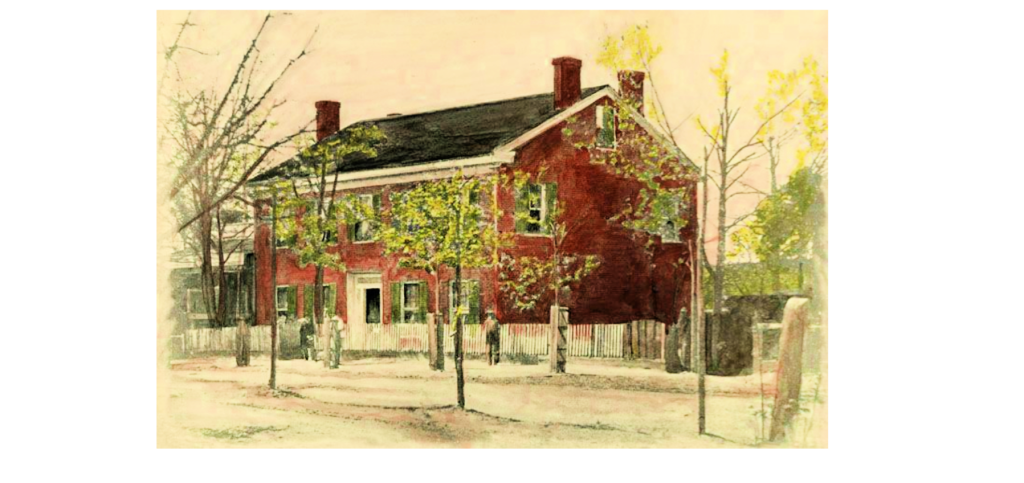
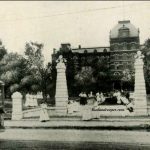
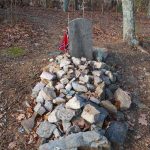
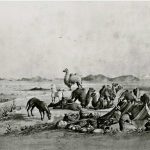
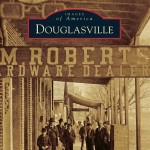
Leave a Reply